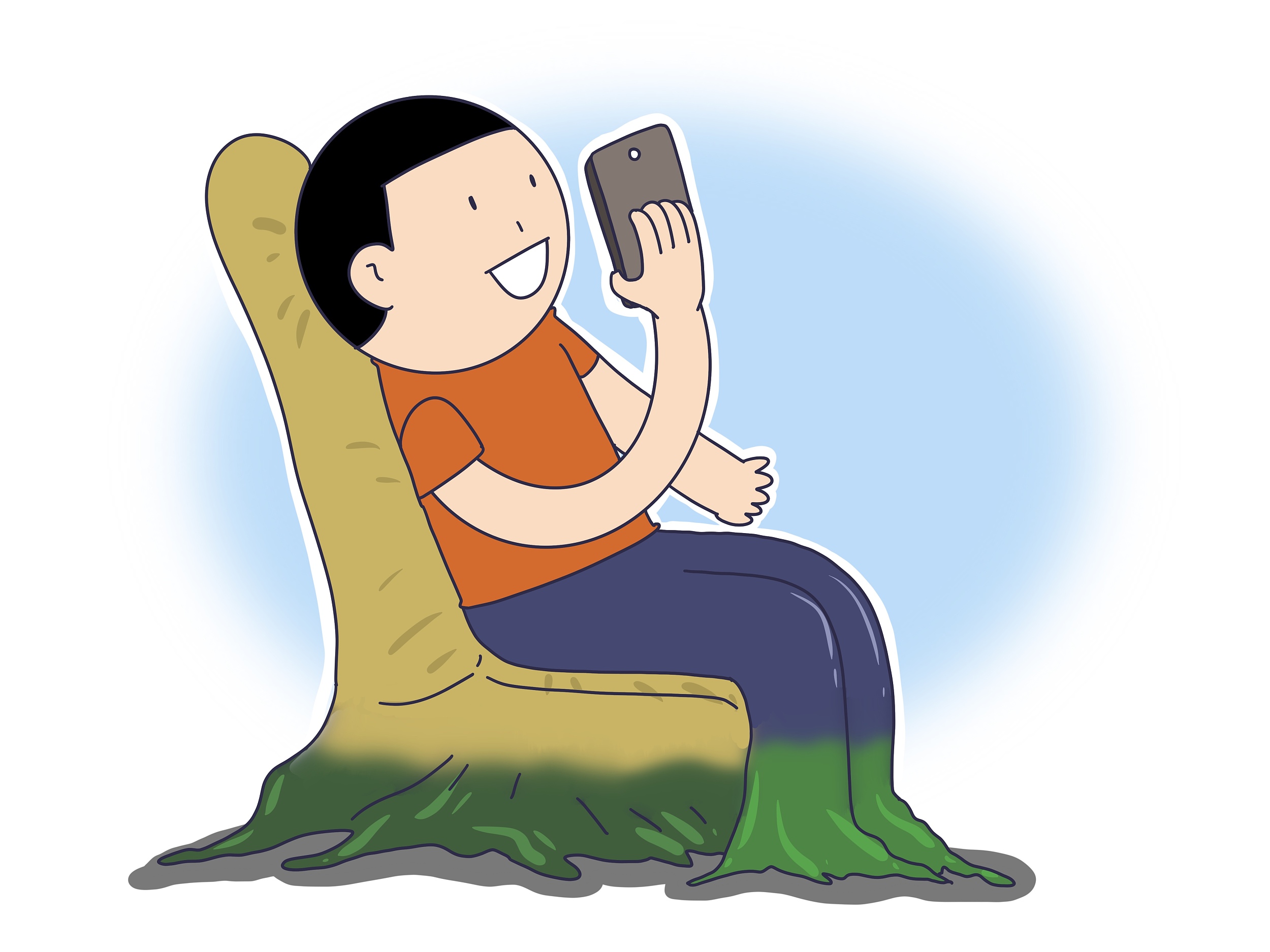
(PHOTO:?VCG)
By ZHANG Yingxian & ZONG Shihan
Generally, sitting for more than 30 minutes at a time is considered prolonged sitting. For many office workers and students, prolonged sitting is often inevitable, but it can give rise to issues like lumbar, cervical, and cardiovascular diseases. So, what effect does prolonged sitting have on bones and how can people perform stretches to alleviate stiffness?
If the human body maintains the same posture for a long time, the fascia, muscles, and joints will suffer pain due to lack of lubrication, which can be precursors to bone problems, said Sun Yueli, deputy chief physician of Longhua Hospital, Shanghai University of Traditional Chinese Medicine.
Fascia, a tissue covering the surface of muscles, serves a lubricating function. However, prolonged sitting can cause the fascia to lose water and become dry, leading to adhesions and pain. Muscles promote microcirculation through contraction and diastole. Under prolonged sitting, muscles often contract without relaxing, resulting in stiffness at a fixed length. Over time, muscles can become inflamed, causing tightness and pain.
In addition, the joints in the human body can secrete synovial fluid, which has a lubricating function. However, with prolonged sitting, the joints can become like rusty gears lacking lubrication, easily causing clicking sounds.
Sun recommends performing reverse stretching exercises to quickly alleviate stiffness caused by prolonged sitting.
Reverse stretching exercises involve sitting with both hands akimbo, pressing down with the right hand to lower the right pelvis and raise the left pelvis, while extending the head upwards and keeping the upper body upright. In addition, after holding this position for 3 seconds, you can change direction and repeat it 10 times.
This exercise can activate the muscle groups surrounding the pelvis and lumbar spine, promote blood circulation, and help prevent stiffness in the joints and muscles, according to Sun.
The trio will conduct a series of experiments in fields such as life science, fluid physics, combustion science and materials science. Notably, this is the first time that fruit flies have been taken on a Chinese space mission as experimental subjects. What made scientists choose fruit flies? What experiment will they undergo?
